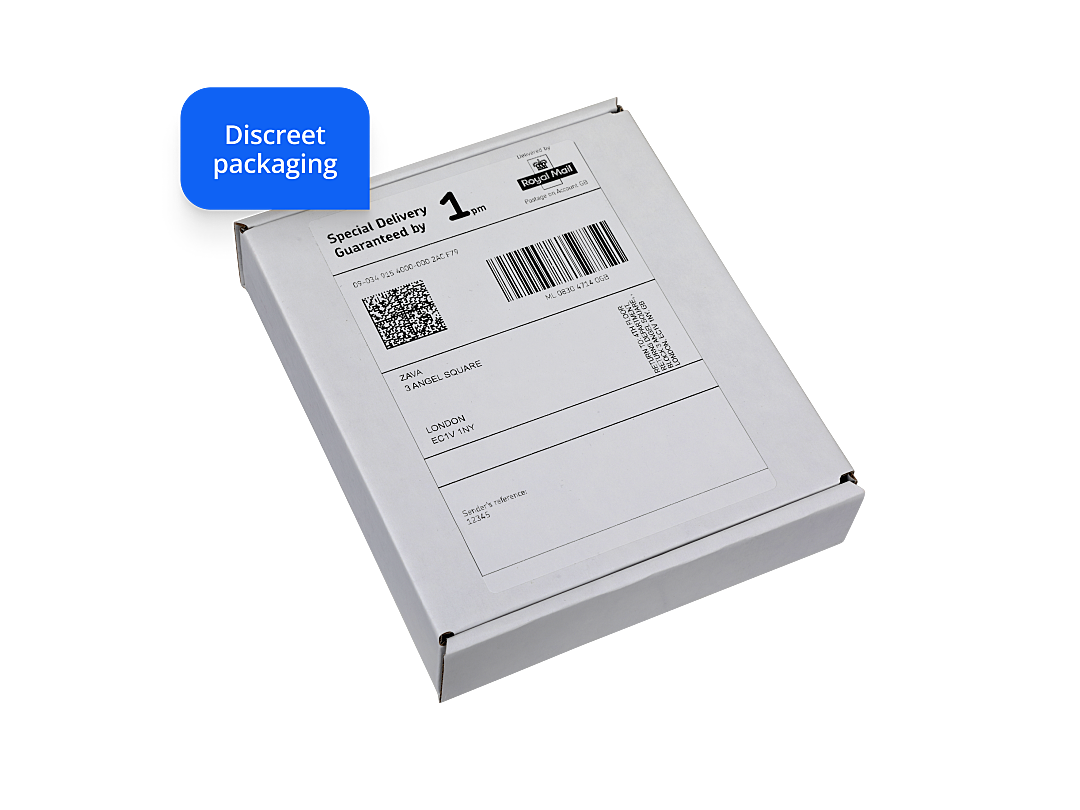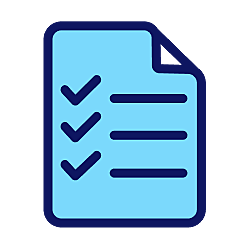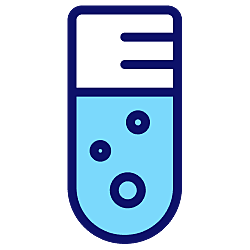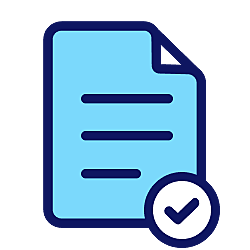





-
The thyroid is a gland in the neck. It makes two hormones, T3 and T4, which are important for a lot of functions in your body, including your metabolism, your body temperature, and how your body uses your fat and sugar stores. Sometimes the thyroid can start producing too many or too few hormones and become ‘overactive’ or ‘underactive’. Thyroid problems often run in families and can happen at any age.



About home thyroid testing
How to get your thyroid function test kit online
The process is quick and easy. Just follow these simple steps:
- Fill out a short online questionnaire
- Select your preferred test kit option
- Once approved, your test kit can then can be posted to your preferred address or you can collect it from a local post office instead
How to use the thyroid function test kit
- Before you take your sample, you should wash your hands with warm soapy water (it is difficult to collect blood if your hands are cold)
- Dry your hands and use the included alcotip swab to clean the fingertip you would like to use
- You should use the third or fourth finger of your non-dominant hand
- Twist and remove the purple stick from one lancet, put it on your fingertip and press the purple button at the end - don’t worry if it doesn’t work straight away, you can use one of the remaining two lances to try again
- You should notice a small drop of blood forming on your fingertip, as your skin has been punctured
- Use a clean tissue to wipe the first drop away, hold your hand downwards and massage the side of your finger to form another drop of blood
- Use your other hand to gently squeeze the finger you are using and catch the drops in the collection tube
- You should fill the small tube to the upper line. If you are unable to fill it, please use an additional lancet on another finger to complete the sample
- Once your sample is complete, you can use the supplied plaster to stop the bleeding, put the screw lid on the collection tube, turning it upside down and back a few times times, until it is closed securely
- Please make sure you put your details on the sticky label and affix it on the tube – the lab will not be able to analyse your sample otherwise
- You then need to put your sample tube inside the protective wallet and put the wallet into the prepaid envelope, along with your used lancets
- You can use any UK post box to send your test kit back to the partner lab
How do the results work?
- Your results will be provided to you via your account
- They should be ready within 2-3 days of the laboratory receiving your sample
- When your blood sample reaches the laboratory, it will be used to measure 2 hormones (TSH and T4) that show if your thyroid is working properly
- It will report whether these levels are within the normal range or outside of it (too high or too low)
-
-
The test is used to tell whether your thyroid hormones are the right level. It’s a simple blood test done using a pin-prick lancet device. The test is a convenient way to check your thyroid hormone levels without having to see a doctor first.
If you choose to take a thyroid function test with ZAVA, we’ll send you a test kit for you to use at home. You will get your test kit within 1 to 2 days of requesting this.
About the thyroid function test kit:
- Your kit will contain 3 lances and a collection tube
- You will provide a small sample of blood from your finger
- The sample will be used to test thyroid hormone levels
-
-
If you think you may be at risk of thyroid problems, you may wish to take a blood test to check the current status of your health. If you’re worried about thyroid problems, or believe you are already suffering from thyroid related symptoms, you may also find it helpful to take the blood test.
You should have a yearly blood test if you’ve:
- had previous treatment for an overactive thyroid
- been diagnosed with a thyroid disorder
You can also consider a thyroid function test if you’re in the early stages of pregnancy, or are planning a pregnancy.
-
-
The blood test we use reports the amount of 2 thyroid hormones in your blood:
- TSH – also known as Thyroid Stimulating Hormone. TSH stimulates your thyroid gland to produce T4 and then T3
- T4 – also known as Thyroxine
People who could have an over or underactive thyroid are offered this test as part of their diagnosis. This test is also used to check how well your thyroid levels are being controlled while on treatment.
The thyroid function ‘reference ranges’ (that show what typical levels are) are:
- TSH: 0.4 – 4 mU/L (milliunits/L)
- T4: 9 – 25 pmol/L (picomoles/L)
These ranges are only a guide and units may vary according to the lab. Ranges are different for pregnant women, babies, and young children.
The results of your thyroid function tests can also be affected by medications and health conditions. Let us know on your online assessment form of anything that might affect your readings.
If your test results are outside the reference range, it could mean:
- A high TSH level with a low T4 level - an underactive thyroid
- A low TSH level with a high T4 level - an overactive thyroid
- High or low TSH levels together with normal T4 levels indicate you may be at risk of developing a thyroid disorder
- A low TSH level together with a low T4 level can indicate a disorder of the pituitary gland – an important gland found at the base of the brain that produces many hormones
-
-
This kit tests for both – depending on your results you could consider both.
An underactive thyroid is also known as hypothyroidism. The thyroid produces less thyroid hormone than it should which causes your metabolism to run too slow.
An overactive thyroid is also known as hyperthyroidism. The thyroid produces more thyroid hormone than it should which causes your metabolism to run too fast.
-
-
This test covers 2 hormones – you get a TSH test as part of this thyroid test.
A TSH test on its own can indicate whether you have unusual thyroid hormone levels.
A high level of TSH can mean a new diagnosis of hypothyroidism, or that your current thyroid replacement treatment isn’t working well enough.
A low TSH might mean hyperthyroidism or overtreatment of hypothyroidism.
There are exceptions to these situations and they depend on your individual health circumstances. Speak to your doctor for further advice.
-
-
Yes, this test can be used to see how well your treatment is working. If you’re getting tested to check if you’re treatment is working properly, make sure you’re taking your treatment properly and have listed any medications you take when you request your test kit.
-
-
- If your results indicate either low or high thyroid hormone levels and you’re not on treatment – see your GP to get a diagnosis and start treatment
- If your results indicate either low or high thyroid hormone levels and you are already on treatment – get a treatment review with your GP. Occasionally your dosage may need adjustment according to your current hormone levels
- If your results are normal – you can consider other tests if you are concerned or speak to your GP for further advice

Dr Babak Ashrafi Clinical Lead for Service Expansion
Accreditations: BSc, MBBS, MRCGP (2008)
Babak studied medicine at King’s College London and graduated in 2003, having also gained a bachelor’s degree in Physiology during his time there. He completed his general practice (GP) training in East London, where he worked for a number of years as a partner at a large inner-city GP practice. He completed the Royal College of GPs membership exam in 2007.
Meet our doctorsLast reviewed: 02 Aug 2022
-
Thyroid function tests, The British Thyroid Foundation [accessed February 2023]
-
The thyroid gland, Thyroid UK [accessed February 2023]
-
Do you need a thyroid test? Harvard Health Publishing [accessed February 2023]
-
Overactive thyroid (hyperthyroidism), National Health Service [accessed February 2023]
-
Underactive thyroid (hypothyroidism), National Health Service [accessed February 2023]








